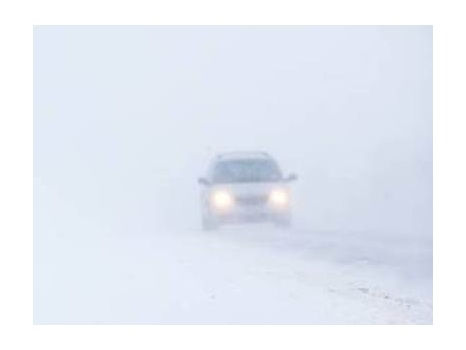Latest Borrell Study Examines The 2021 Mindset of Radio Advertisers.
- Inside Audio Marketing

- Mar 1, 2021
- 3 min read

Radio advertisers are more skilled at marketing, have budgets that are twice as large as those who don’t buy radio, and work with more forms of marketing. These are among the findings from “The 2021 Mindset of Radio Advertisers,” which gets inside the heads of radio buyers and how they intend to adjust their media allocations in the months ahead.
The results are derived from a survey of 944 businesses that advertise on radio, conducted in the second and third quarters of 2020 by Borrell Associates in tandem with the Radio Advertising Bureau. It also includes responses from a survey of 342 local ad agencies, of whom 241 (70%) buy radio advertising.
Radio advertisers are more inclined to be retailers than those who don’t buy radio. Half of radio buyers who participated in the survey (52%) are in the retail, health care, arts & entertainment, and restaurants categories.
Radio buyers are more skilled at marketing than those who don’t buy radio, have a larger share of big businesses, and have more-established businesses as clients. Moreover, three in four radio ad buyers are not marketing masters but radio buyers overall have a higher level of marketing skill than those who don’t buy radio.
The study also shows that more established businesses are likely to be radio buyers and newly started businesses are less inclined to buy radio.
With an average annual ad allocation of $231,182, radio buyers have budgets that are more than twice as large as those who don’t buy radio, and they work with more forms of marketing in a typical year. The channels they favor the most are social media (used by 96% of radio ad buyers), email (61% use it) and web design (61%).
With bigger-than-average ad budgets, radio buyers spend their highest amounts on TV and cable advertising, though fewer than one in three buy those forms of advertising. They plan to cut print budgets and hold radio, TV, cable, and outdoor to single-digit increases.
The average radio buyer plans to increase their spend on the medium by 6% in 2021 and increase their overall ad budget by 12%. Their biggest allocation increases are reserved for streaming video (+22%), social media marketing (+18%), mobile marketing and email marketing (+17% each).
They plan single-digit increases for their two biggest-ticket media budgets – cable and broadcast TV. And they plan to reduce spending by 8% on magazines, slash newspaper budgets by 10% and cut print directory spending by 15%.
Of 18 types of marketing they used in 2020, radio buyers deemed website design, search engine optimization, and search engine marketing to be the most effective. Radio ranked eleventh. Seven types of media were in steady disfavor for radio buyers, with fewer buying them in 2020 and 2021. These included magazine, newspaper, direct mail, broadcast TV, print directory, cable TV and out of home. Four types – streaming video, social, SEO, SEM, and email – saw more radio advertisers buying them each year.
In addition, 13% stopped buying radio in 2020. COVID-19 was the top reason, although “too expensive” and “difficult to measure” were secondary reasons. But nearly one in four (24%) of those who stopped buying radio said they moved the money to something else. “There’s evidence that those who quit buying radio in 2020 used that money to buy streaming video advertising,” the Borrell report says, In fact, those who moved money out of radio budgets in 2020 were 1.7-timres more likely to be buying online video advertising. Also, those who continue buying radio and buy online video are increasing their radio budgets half as much as radio buyers who aren’t buying video.
Radio is a popular choice among local ad agencies. In 2020, it was the most-used form of traditional media and the third most-used form of marketing overall. Nineteen percent of local agencies said radio grew more effective last year. While relatively low on this list, consider that a strong base of 49% said its effectiveness didn’t change during the 2020 pandemic.




Comments